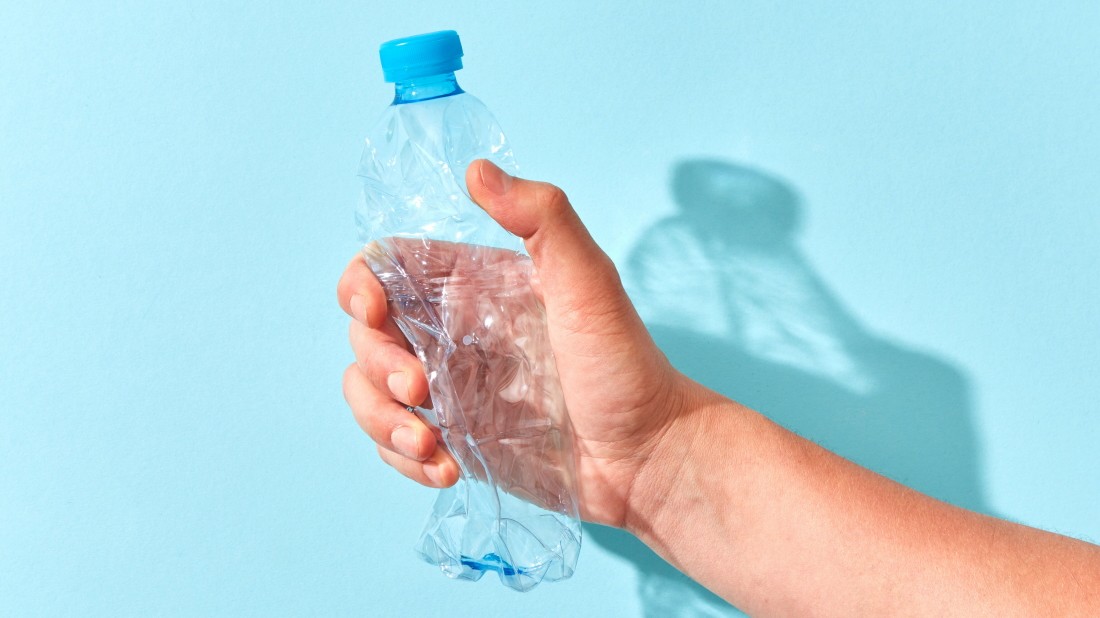Plastic gets into human blood. A team of researchers has now demonstrated this for the first time. The group led by chemist Marja Lamoree from the Free University of Amsterdam found plastic residues in 17 of 22 blood samples from volunteers, like they did in the journal Environment International reported. Whether this has consequences for human health cannot be determined from the find alone. “It’s understandable to be concerned,” however, environmental toxicologist Dick Vethaak, who was involved in the study, told the British newspaper Guardian.
The team most frequently encountered the plastic PET, which is used for beverage bottles, for example, in the blood of the volunteers. This material appeared in half of the samples examined. A good one in three samples contained polystyrene, from which many food packaging is made.
Some subjects had three different types of plastic in their blood
And about one in four blood samples contained polyethylene, the world’s most widely used plastic, used to make films that are also often used in food packaging. In most samples, the team found only one type of plastic, in some two, and in one blood sample they even found three different types. The amounts also varied greatly, between a good one microgram of plastic per milliliter of blood and up to twelve micrograms.
Experts who were not involved in the study are impressed by the working group’s methodical approach. Despite the small number of samples and low concentrations, the expert on human-caused environmental pollution Alice Horton from the British Oceanography Center assesses the analytical method of the Dutch group as so robust that the data “clearly” prove plastics in the samples examined. Fay Couceiro, an environmental pollution expert at the University of Portsmouth, also praises the methodical approach. In earlier investigations, there were always doubts about the reliability of the measurement data because there were no control investigations to rule out that the impurities could somehow have gotten into the blood after the sample was taken.
Lamoree and her team, on the other hand, used a series of control measures to ensure that the blood outside the body did not come into contact with plastic. Control tests should also rule out measurement errors. All of this makes the new study trustworthy, says Couceiro: “I believe that the data stand up to strict scrutiny.” She describes the lack of data on the number and size of plastic particles in the blood as a weakness of the study. The Amsterdam researchers estimate the size of the particles to be less than a micrometer or slightly larger. It is unclear whether the particles floated freely in the blood plasma or were transported through the body bound to cells. The scientists are also unable to say whether the plastic particles accumulate in the body or are excreted again after a short time. It has been proven that people ingest plastic with their food. Numerous studies have been able to detect microplastics in stool samples, for example.
The environmental scientist Alice Horton finds the find questionable, since particles in the size range presumably found in laboratory experiments on cells led to inflammatory reactions. The long-term consequences of such plastic particles in the human body are not foreseeable. It is not yet certain that entire population groups are affected, says Fay Couceiro; the sample is too small for such a conclusion. Nevertheless, it is time, now that the evidence of plastic in the blood has been provided, to research the possible health consequences.
–


